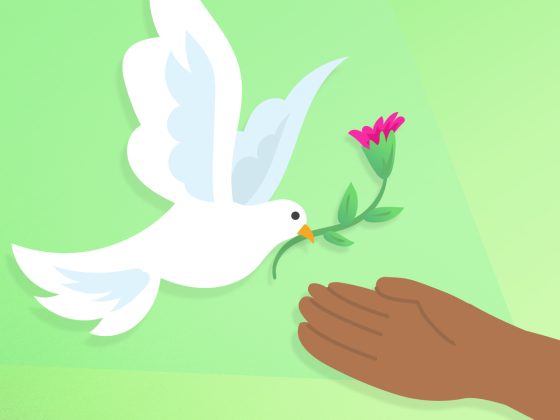
Traumatic Experiences: First Steps to Hope (Part 1)
Part one of an interview series with Ann Thomas from The Children’s Place.
Nearly half of American children under 18 have had at least one type of adverse childhood experience. These experiences can cause physical, emotional, and psychological distress. In Part 1 of this webinar series, we’ll learn from social worker Rande Bynum, and Ann Thomas, LCSW and the President and CEO of The Children’s Place, about how to help families cope with and overcome these traumatic situations. They will discuss ways to practice simple, consistent, and positive behaviors, to help children and families move forward and achieve health, safety, and happiness.
Learning Goals:
- Understand the definition of trauma and its impact on young children and families.
- Examine steps to healing after traumatic experiences and explore resources.
- Look at next steps for parents and caregivers.
Did you know you can earn a certificate for participating in this training? Register above and watch the video before taking our assessment quiz. Pass the quiz to download your certificate for this 1hr webinar.
Already passed the quiz? To access your certificate go to your profile and tap “certificates.”
Download these printables to support this webinar.
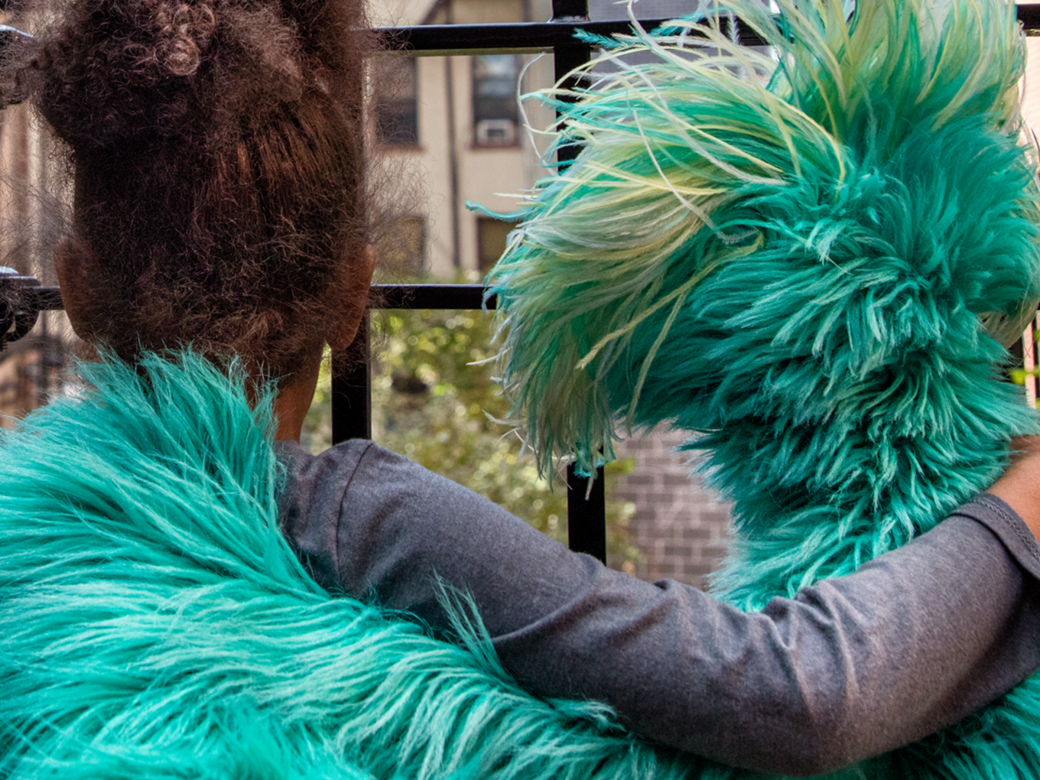
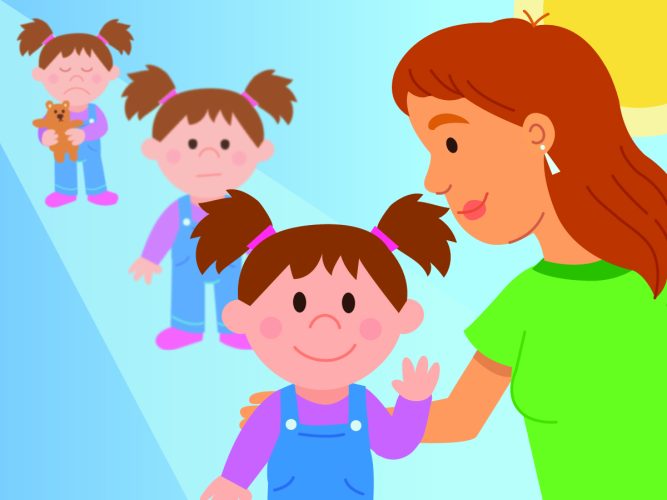
Helping Children Make Meaning After Trauma with Chandra Ghosh Ippen
Learn how young children experience trauma and what can help with Sesame Workshop’s Tara Wright, and clinical psychologist and author Chandra Ghosh Ippen.
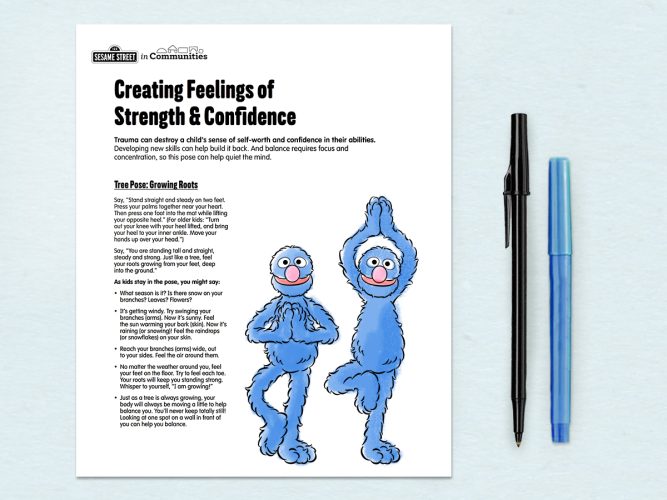
Creating Feelings of Strength and Confidence
A focused movement activity that builds confidence and a sense of groundedness.
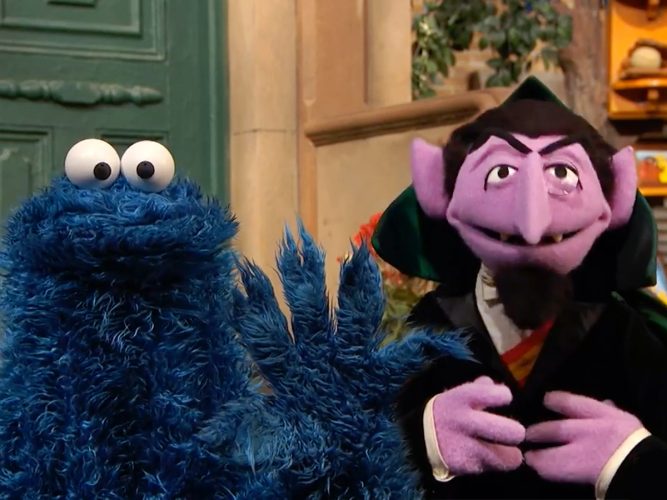
Learning How to Count, Breathe, Relax
Small things can set kids off, but you can teach them a self-soothing breathing exercise to use on their own.
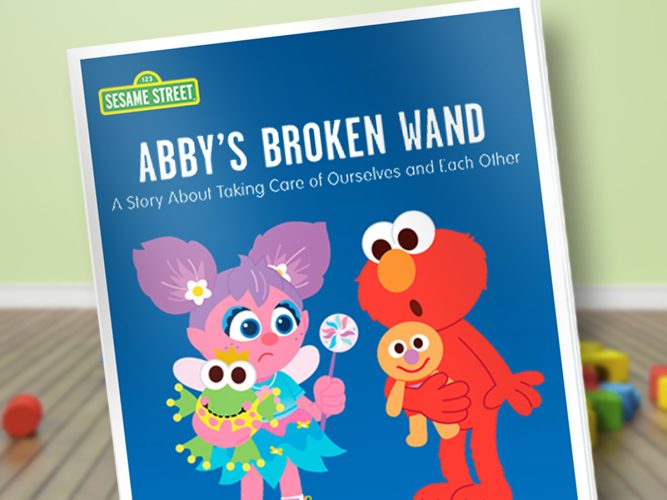
Abby's Broken Wand
A storybook featuring strategies to help children cope with big feelings.
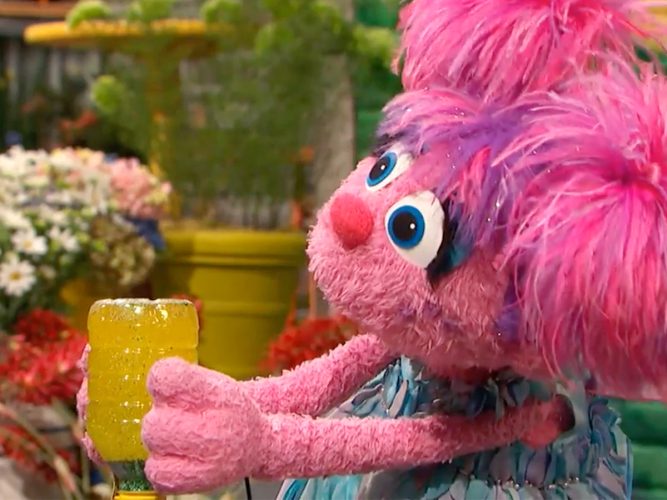
Slow Down & Settle Down
Parents and children can share ways they calm and soothe themselves. This video provides more self-care ideas.

It’s Not Easy Being Green
A song about being ourselves.
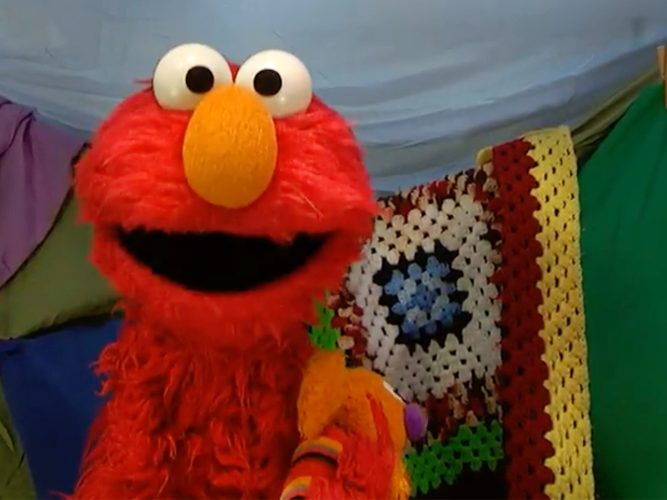
Feeling Safe
In order for healing to begin, it’s critical that kids feel protected and safe.

